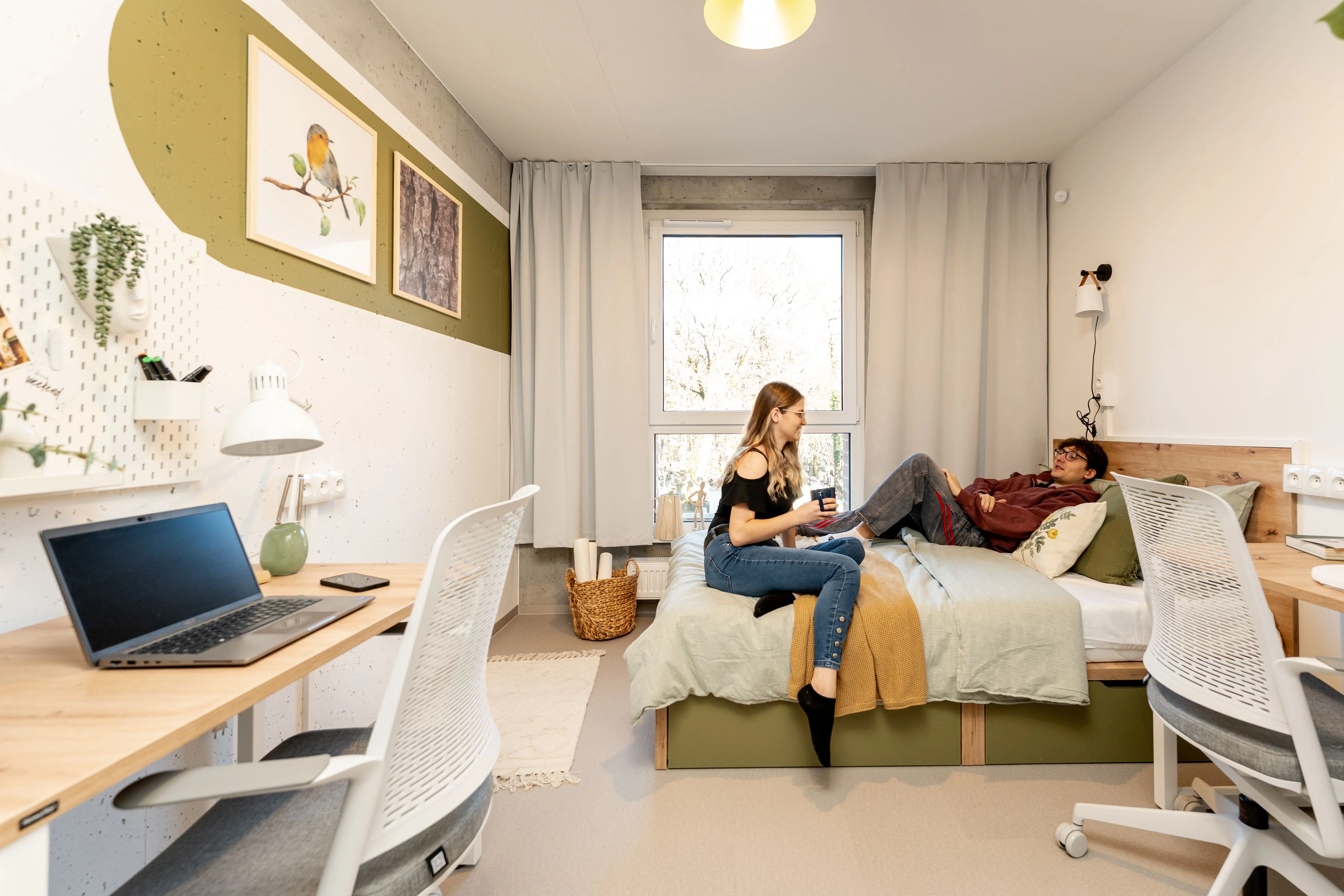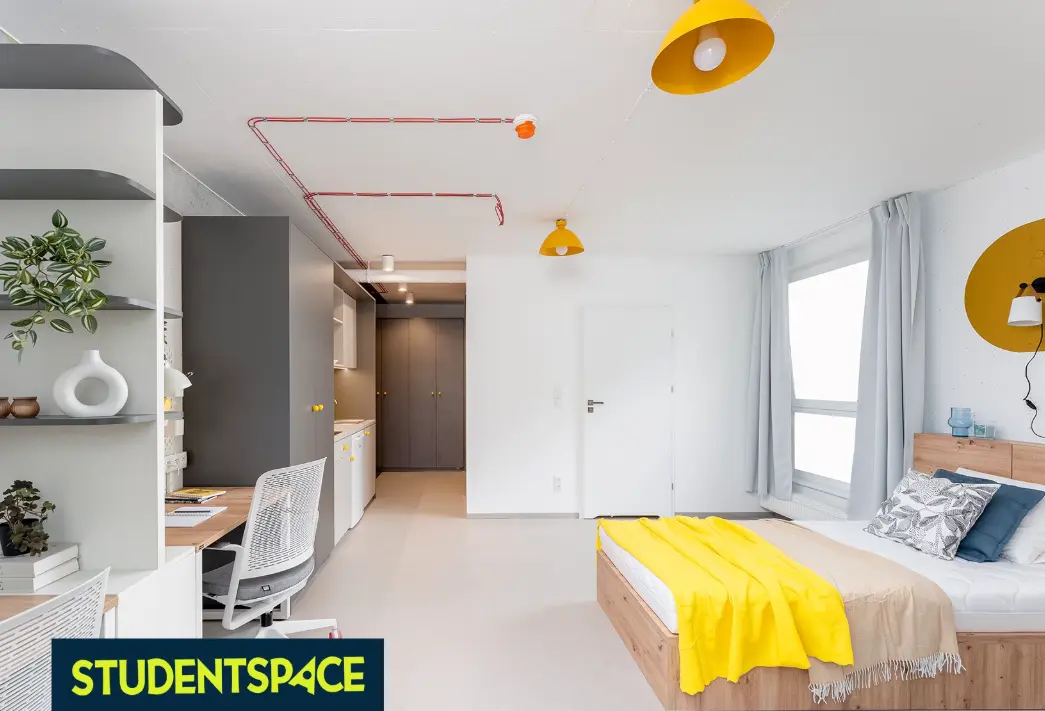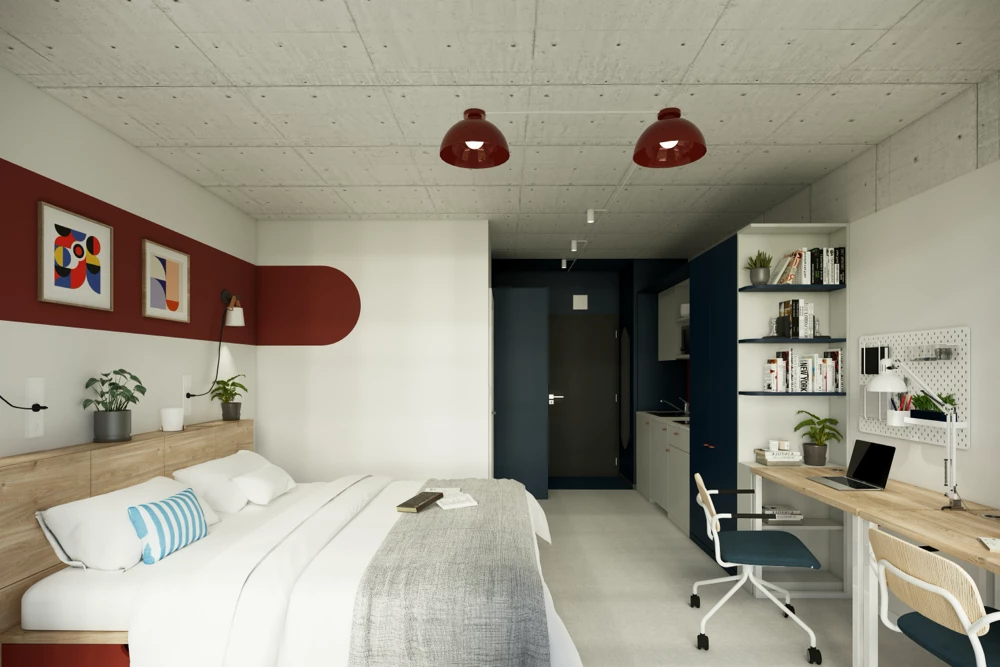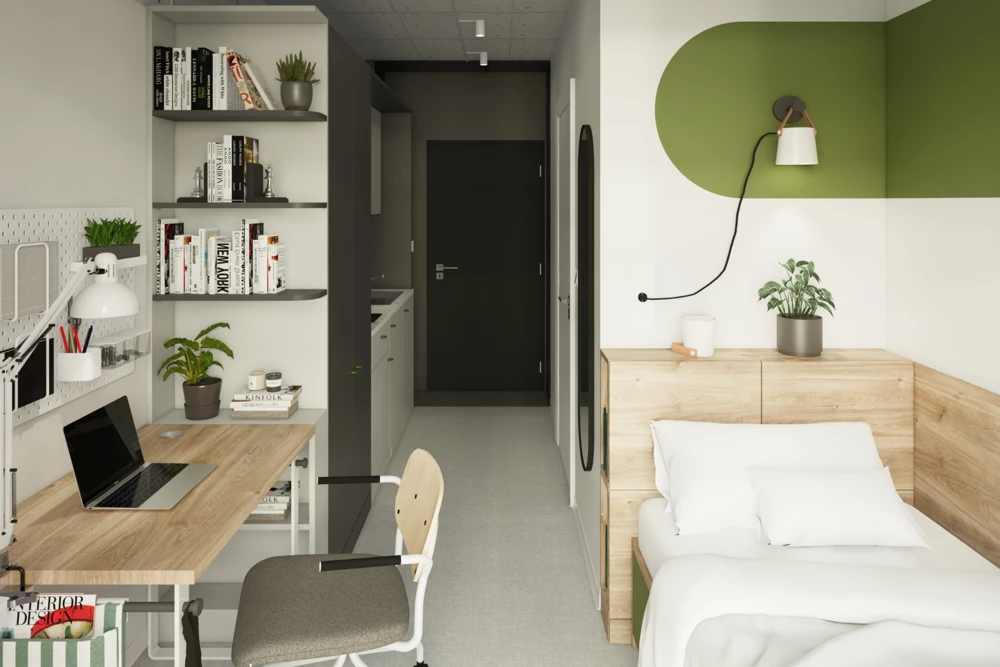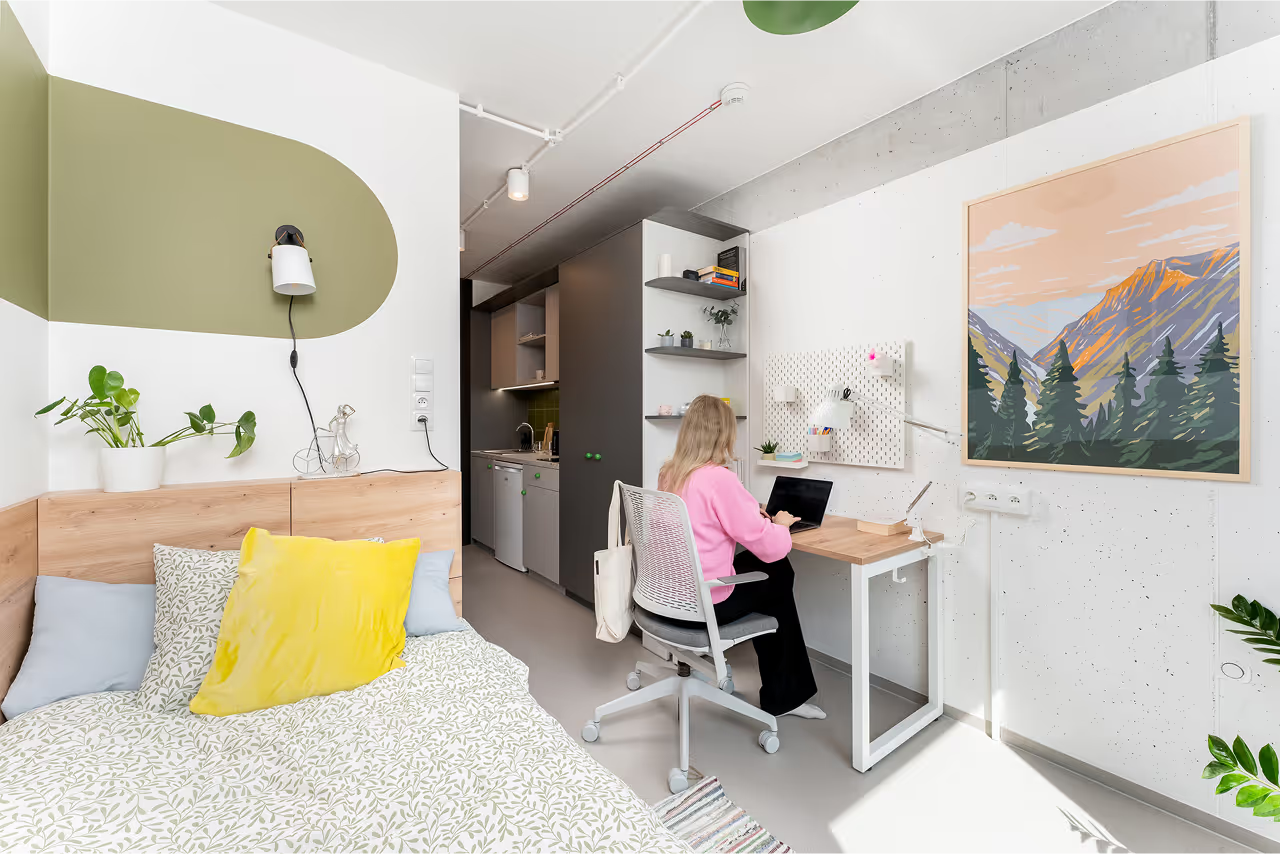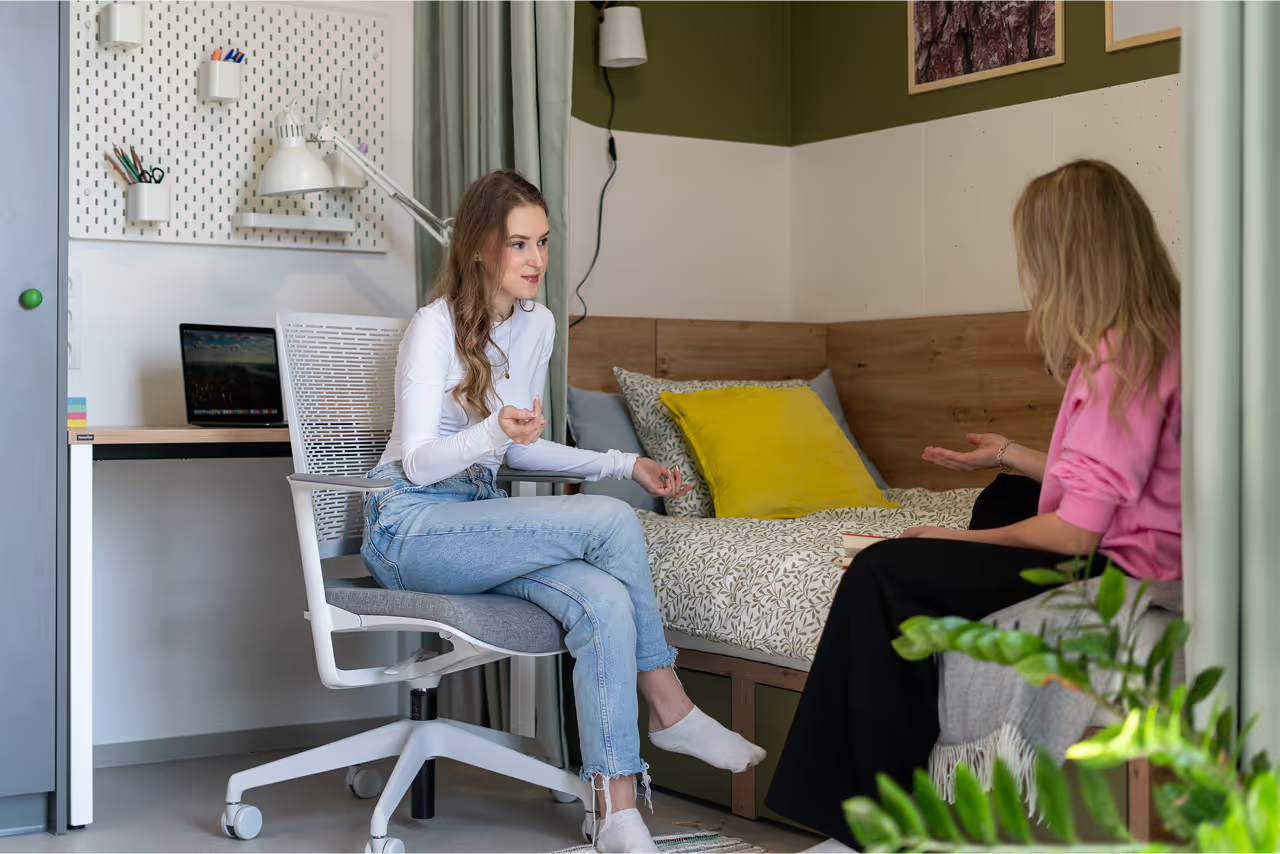
Why are your previous notes not working?
Your notes can be painstaking and voluminous, yet fail at the crucial moment — before the exam. This is because many popular notation methods are based on passive notation, which only pretends to be a learning process. Before you learn effective techniques, let's diagnose the two most common mistakes that make your effort go to waste.
Does mindlessly rewriting slides make sense?
Absolutely not. Passive rewriting of presentation content is one of the least effective learning methods. Your brain is then doing mechanical work, not intellectual. You focus on being able to write, not on understanding.
In this mode, the information is not processed. The stage of analysis and synthesis is bypassed. That's why they fly out of memory so quickly. It's like building an archive that you'll never go back to.
What is the “illusion of proficiency”?
It is the feeling that you know the material well just because you have saved or saved it. The brain confuses the physical act of writing with the mental process of learning. This is a psychological trap that most students fall into.
Just having careful notes gives you a false sense of security. It seems to you that knowledge is “mastered” because it is on paper or in a file. The illusion of proficiency makes you postpone the actual learning, that is, the active processing of information. This is the main reason for pre-sessional disappointments.
Proven note-taking methods that really work
Now that you know why old habits have failed, it's time to learn about effective alternatives. Good note-taking is not an art, but a technique. Below are three proven methods, each of which serves a slightly different purpose. There is no one system that is perfect for everyone. It is important to match the tool to type of lecture and their own style of learning.
Cornell Method — How to Organize Quick Study Notes?
It's a system that turns your card into an interactive replay tool. It consists of dividing the page into three specific sections. The right, widest column is used to take the right notes during the lecture. You leave the left, narrower column empty.
After completing the class, in the left column you write down the keywords or control questions to the content on the right. At the very bottom of the sheet you create one or a two-day summary of the most important information. This method forces you to actively process the material immediately after it is saved and creates ready-made flashcards for later study.

Mind Maps — When Should You Use Them?
Mind maps are the best choice when understanding the connections and relationships between concepts is key. They work perfectly in humanities or biological subjects, where hierarchy and interdependencies are more important than chronology.
Instead of writing linear sentences, you start with the main topic in the middle of the sheet. Then you add branches with related passwords, creating a visual association network. This form of notes involves both hemispheres of the brain. It makes it easier to see the “big picture” and remember complex systems.
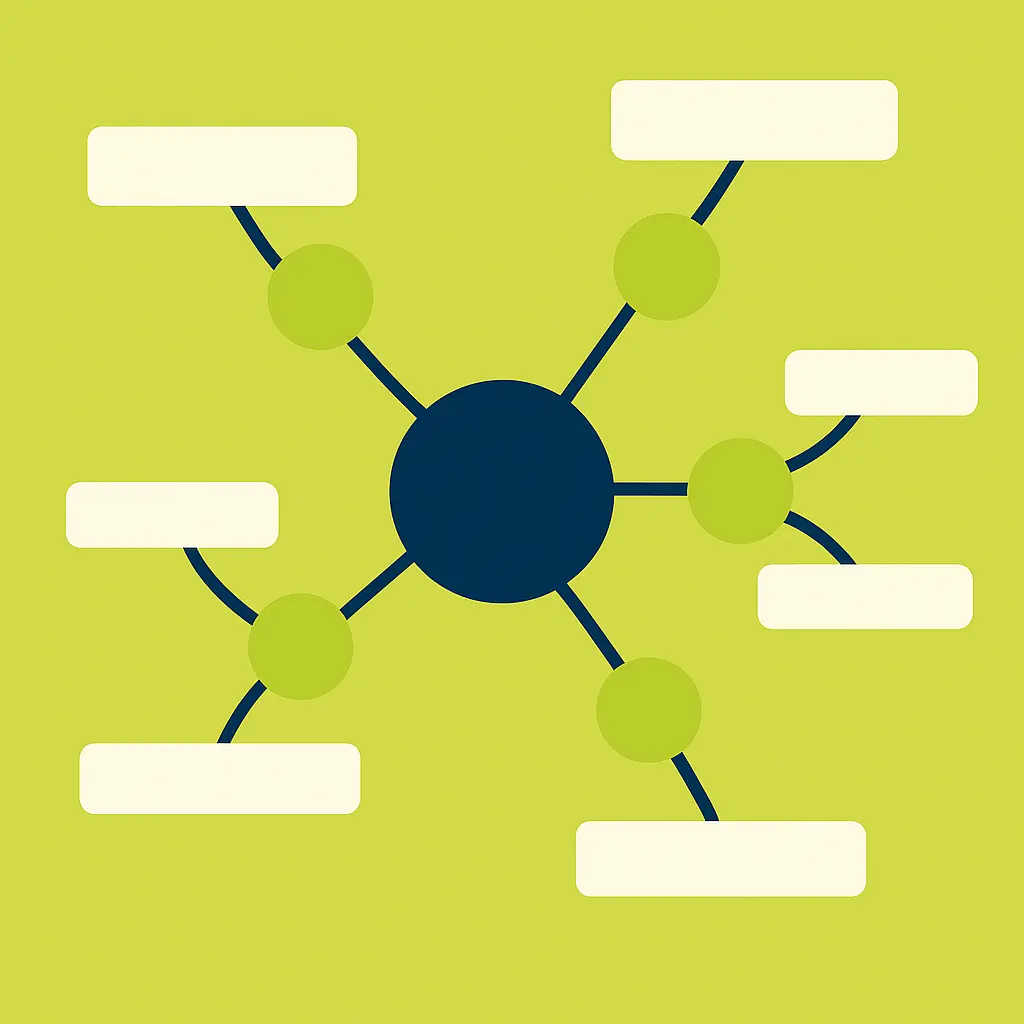
Outlining method — how to take notes when the lecture has a logical structure?
It is ideal for taking notes from lectures that have a clear, hierarchical structure. It works great in law, computer science or science classes. The method involves creating a table of contents in real time.
You write down the main theses of the lecture as the main points. You add each detailed thread or example as an indented sub-item. In this way, you create a logical framework of information. Notes are organized and readable immediately after saving. This makes it easier to trace the course of the lecturer's reasoning.
Tools and organization — in what and how to grade in college?
Choosing the right method is half the battle. The other half is tools and a system that will allow you to maintain order. Even the best notes are useless if you can't find them for the day before the exam.
Laptop/tablet or traditional notebook — what to choose?
This is a choice that depends entirely on your preferences. There is no one right answer. Each solution has its strengths and weaknesses. The table below will help you make an informed decision.
What note apps are worth testing?
If you decide to take digital notes, it is worth choosing the right program. The market is full of options, but these three applications represent different approaches to the organization of knowledge.
- OneNote: This is a free digital binder from Microsoft. Its strength lies in its simple structure (notebooks, sections, pages) and great integration with Office. Ideal if you value traditional order.
- Notion: It's much more than a notes app. It is an integrated space for building your own knowledge bases, planning and project management. It requires more study, but it gives great opportunities.
- GoodNotes/Notability: This is the best choice for owners of tablets with stylus. These apps combine the advantages of digital notes with handwriting. They allow you to write and draw on PDFs, record audio and create beautiful, interactive notebooks.
How to organize notes so as not to perish in the chaos before the session?
A good organization is a system that works automatically and saves you time. Here are three simple rules that you can implement right away, whether you use a notebook or a laptop.
- Create a logical folder structure. The basis is hierarchy. Create one main folder for the entire semester. Inside it, create separate subfolders for each item. This is a simple rule that prevents clutter.
- Use a consistent file naming scheme. Chaos in names is a simple way to frustration. Adopt one scheme and stick to it. A simple format, like [YYYYMMDD] _ [ItemName] _ [Lecture Topic], lets you sort notes chronologically and instantly know what's in the file.
- Use tags and colors. These are powerful tools for quickly filtering information. Tag key snippets (e.g. #definicja, #doegzaminu, #wzór) or circle them with specific colors. In digital applications, this will allow you to instantly find all the most important definitions from all subjects.
Notes are just the beginning — how do you learn from them?
Creating perfect, well-organized notes is only the first step. Real learning begins at the moment when you begin to actively use them. Notes are not an end in themselves. They are a tool for the effective acquisition of knowledge. Below you will find two key techniques that will turn your notes into a powerful learning machine.
What is Active Recall?
This is the most important technique for effective learning, confirmed by research. It relies on Active playback of information from memoryand not on passive, repeated reading of the same notes. Passive reading leads to the “illusion of proficiency” — you think you know something because you recognize it.
Your notes are the perfect tool for active repetition. If you use the Cornell method, just cover the main column with notes. Looking only at the questions and keywords from the left margin, try to answer them out loud. This exercise builds strong memory traces.
How often to repeat the material so as not to forget?
Our brain naturally forgets information over time. This process describes the so-called. forgetting curve. You can counteract it by using replays at strategic intervals. The key is to repeat the material before it completely disappears from memory.
Instead of teething for ten hours the day before the exam, spread the study over time. The most effective scheme is:
- The first, short replay within 24 hours after the lecture.
- The second repetition after about week.
- The third repetition after about month.
Such a system, called”spaced repetition“, requires less effort and gives much more lasting effects.
Ideal learning conditions — where to create and repeat notes?
Mastering the best listing methods is one thing. But even the most effective system will fail if you try to implement it in an unsuitable environment. Where you take notes and learn from them has a key impact on your concentration and effectiveness. This, where you're learning, it's just as important as this, like that's what you're doing.
How does a dedicated learning zone “program” the brain to focus?
By building a powerful habit. When you regularly study in a place intended only for this, your brain begins to associate it exclusively with intellectual work. Just entering such a space as a library or a quiet learning zone becomes a signal to switch to focus mode.
This significantly reduces the time it takes to “get together” for study. The inner struggle and procrastination disappears, as the action becomes almost automatic. You create a clear division: the room is for rest, and the study zone is for work.
How does StudentSpace create the ideal environment for learning and knowledge exchange?
What if you have the best learning conditions at your fingertips, without leaving the building? StudentSpace is more than just a quiet place. It's a thoughtful environment that supports you at every stage of your learning, building on strength unique community. You'll find dedicated rooms for quiet learning, great for maximum focus, and multifunctional work & chill zones, where you can freely work on the project or just relax.
However, the real strength of this place is in the people. Did you miss a lecture because of illness? In StudentSpace dorms there is a good chance that a colleague or colleague of your year lives a floor down and will be happy to share notes. It is the useful student community that is our greatest asset. Shared spaces are a natural place to exchange experiences - you can see what applications or methods others are using and find inspiration for yourself.
Explore more tips and insights for students
Book your space in a private student dorm in Krakow. Close to your university.

98 Al. 29 Listopada, Krakow

16 Wita Stwosza St., Building A, Krakow

Wita Stwosza, Building B, Krakow
We are waiting for you
at StudentSpace






